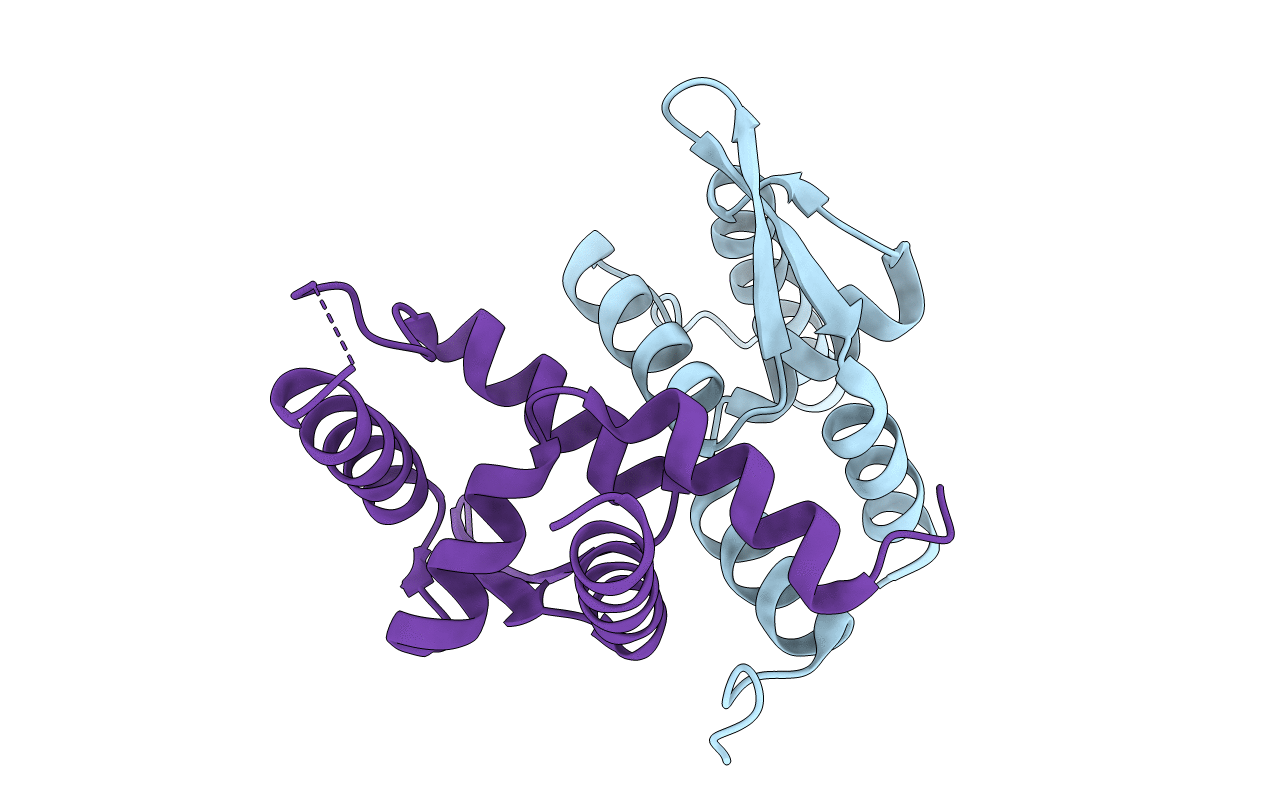
Deposition Date
2018-08-20
Release Date
2019-06-26
Last Version Date
2024-10-30
Method Details:
Experimental Method:
Resolution:
2.00 Å
R-Value Free:
0.22
R-Value Work:
0.17
Space Group:
P 21 21 21


